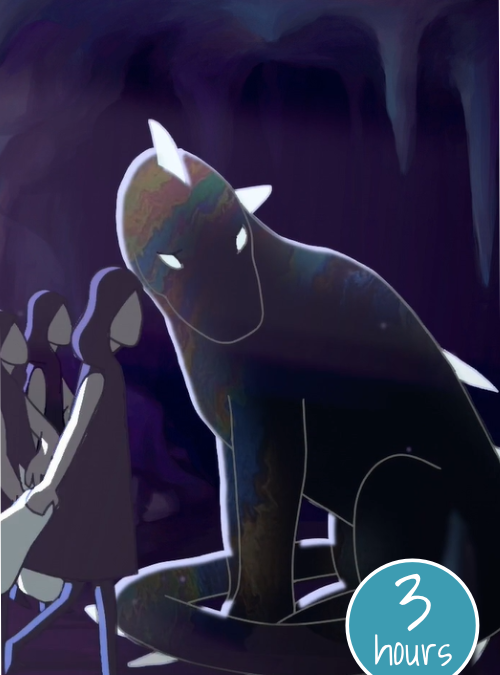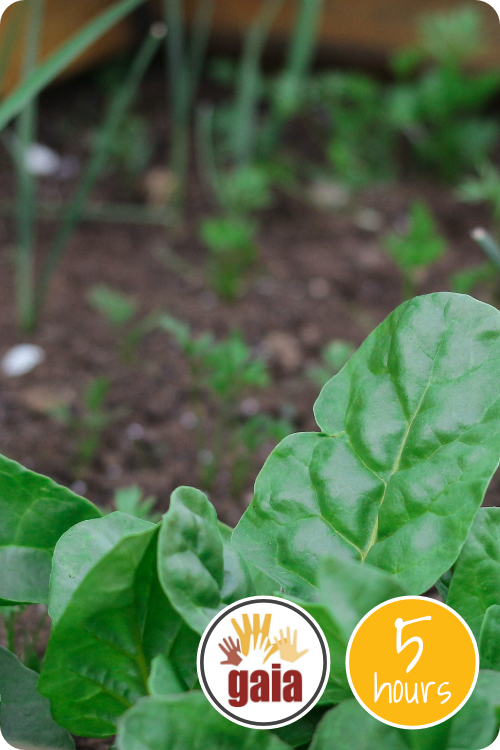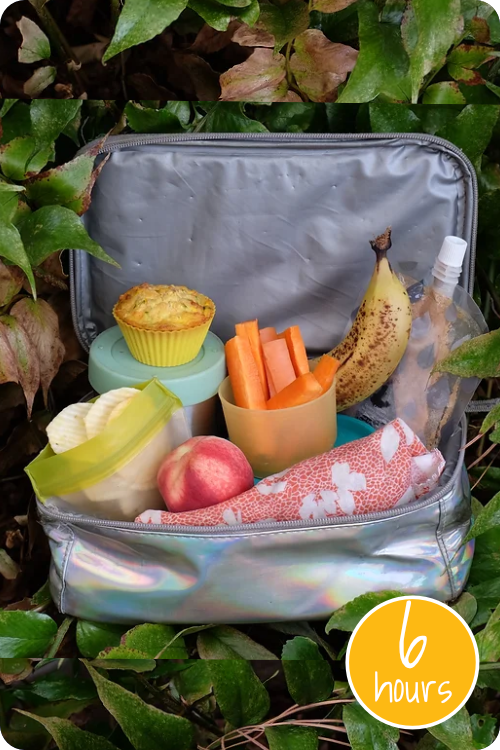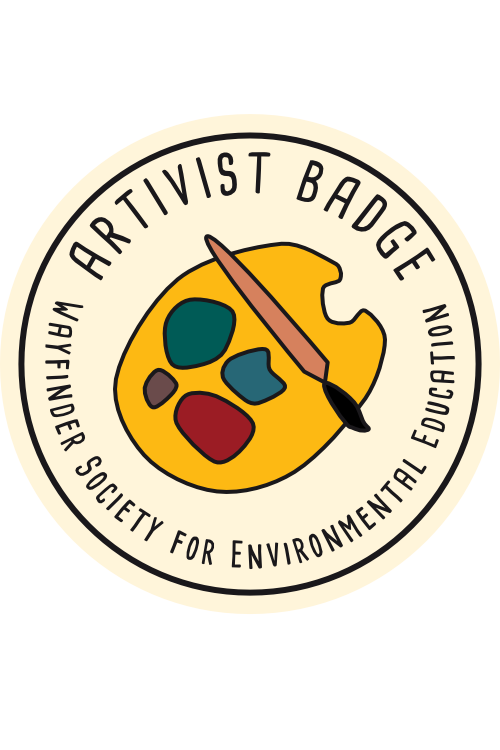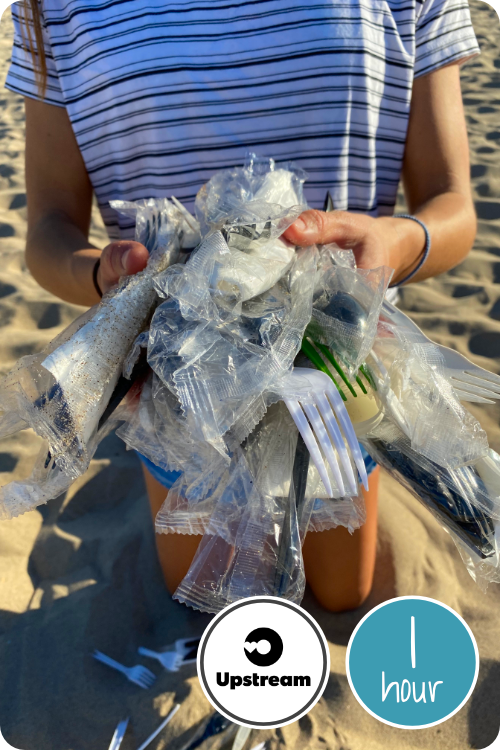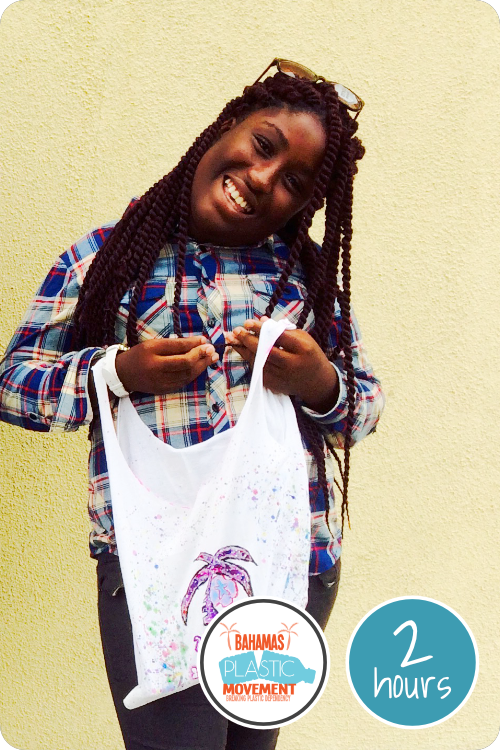
Photo credit: Students of Collaborative Digital Arts Development at Bowling Green State University
Your mission
Can you imagine a world where plastic pollution is unthinkable?! Share your vision through a written story or a picture story.
Time Commitment: 3 Hours
Range of Impact: School, Community
This Action was inspired by the animation short created by students of Collaborative Digital Arts Development at Bowling Green State University. Thank you to John Fowler (Director), Megan Smith, Claudia Hoerr, Kiriana Byrd, Savannah Baileys and Professor Bonnie Mitchell for your incredible work and contribution to our cause!
Why this Action is impactful
When we can imagine it, we can create it. The first step is sharing your vision, and storytelling is a wonderful way to do that!
What to know before getting started
There are no limits to imagination. Let your ideas for a plastic pollution free future run wild.
What to do
- Watch video below Storytelling for the Future: A Creature Named Oil about the story of a young girl in the future who learns about plastic’s past.
- Then, draw a comic-strip (at least 3 panels) to tell a sequel to tell the story: “how did the humans live without all that plastic?”
To get your imagination going, think about what the mom in the story tells her child: “Humans created reusable containers, composting sites, stores with dispensers instead or single-use packaging, and so much more!” What else did they do? Can you imagine a cafeteria without plastic? How about a classroom? What do playgrounds look like without plastic play structures? Do kids climb on trees, and play in the grass instead? What about at home – what would toys without plastic look like? How do grocery stores and restaurants function without plastic?
Tips and suggestions
- Because plastic is everywhere in our world it can be really tricky to imagine our world without it. But don’t let reality get in the way of a silly, weird, or outrageous idea. Many of the best ideas in history were ridiculed by people, until they realized how great they were!!
- Take a look and try to find all the plastic around you. Some things are obviously plastic, like a plastic bottle, but plastic is a material that can be many different shapes and colors. It is often disguised in other objects like computers, furniture, etc. (Check out this article about hidden plastics). Pick one of the items you found that is plastic. Imagine it wasn’t made out of plastic – what would it be made out of instead?
- Pick a plastic item you’re identified. What function does this plastic item serve? Could a different process, shape, system, or item be used instead?
- Do some research about what people are already doing to replace plastics.
- Find out how people lived before plastic was invented – then imagine how we would adapt that to the future!
- Take a leaf out of nature’s book: ask nature how it has solved lots of problems without the use of plastic.
- We recommend the book “From What Is to What If: Unleashing the Power of Imagination to Create the Future We Want” by Rob Hopkins to help get your imagination running wild again!
Track your contribution
To submit your work and get recognized for your contribution to your community, complete the form below. If we approve your submission, you’ll be awarded 3 Hours.
Do another Action
Check out our other Actions that build off of this one!
Design a Composting Network
Design a plan for your communities businesses to work together to compost more.
Learn how communities are reducing waste by composting.
Pack a Litterless Lunch
Keep building your plastic-less habits.
Find out how students are reducing plastic in school lunch.
Inspire Change with Art Pathway Badge
This Action is part of the Inspire Change with Art Pathway Badge! Check out the Pathway to earn the Badge!
Environmental Justice Pathway Badge
This Solution video is part of the Environmental Justice Pathway Badge. Complete the Pathway to earn the Badge!
#SkipTheStuff
Learn about this policy action being implemented in many cities to reduce single use food accessories.
Create a Better Bag
Check out this simple and cheap way to make a reusable bag.
Learn about Solutions
Explore strategies that will help us move towards a world where plastic pollution is unthinkable.
Biomimicry – Better Design Inspired by Nature
Many of our products today use plastic, helping us meet our product design challenges but causing all sorts of problems for our environment and health. Nature has created functional AND safe materials for millennia, so let’s pull out the magnifying glass, put on our curiosity hat, and learn from her.
A Net Plus – Giving Fishing Nets a New Start
This expose by Patagonia highlights the work of our friends at Bureo, a company working with fishing communities in Chile to collect and recycle fishing nets. Creating community-based collection systems, stable end-markets, and designing products for recyclability is key to keeping plastics out of the environment.
Breathe This Air: A #PlasticJustice Film
This short film by Peak Plastic Foundation, helps us change the narrative by centering the humans impacted by plastic production. The health of the environment is important but focusing on the impacts to our own communities is key to creating lasting change together.

